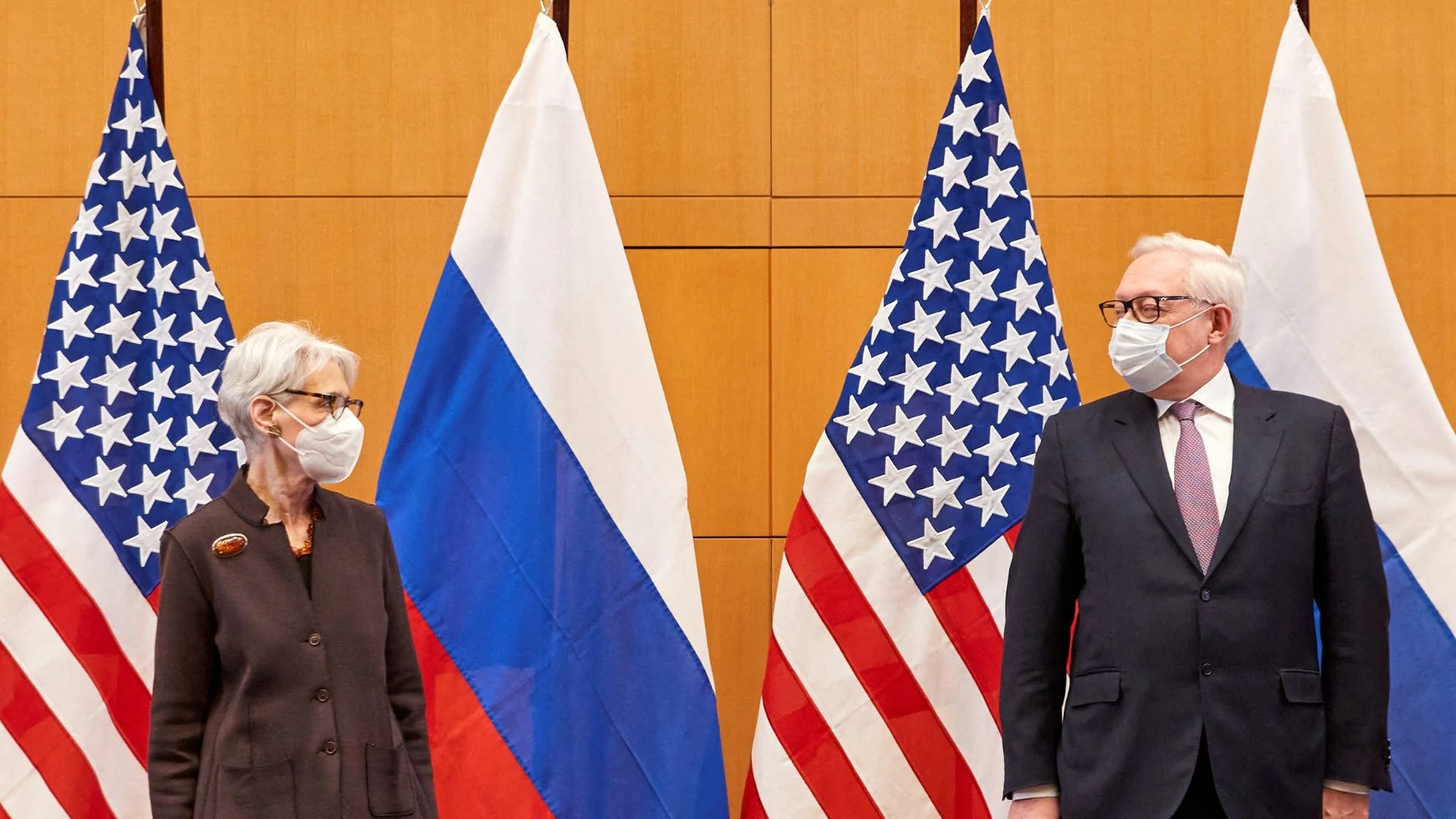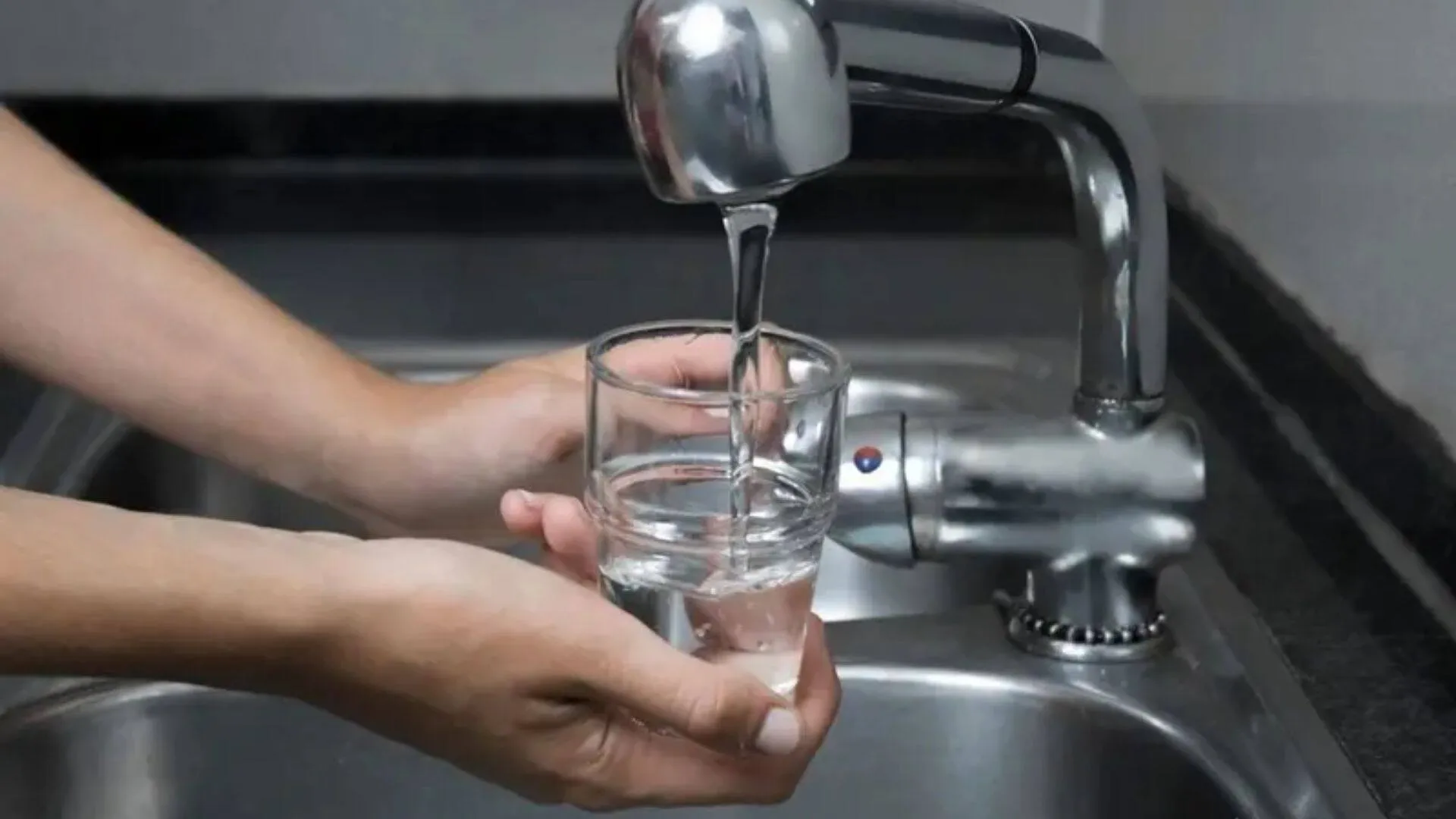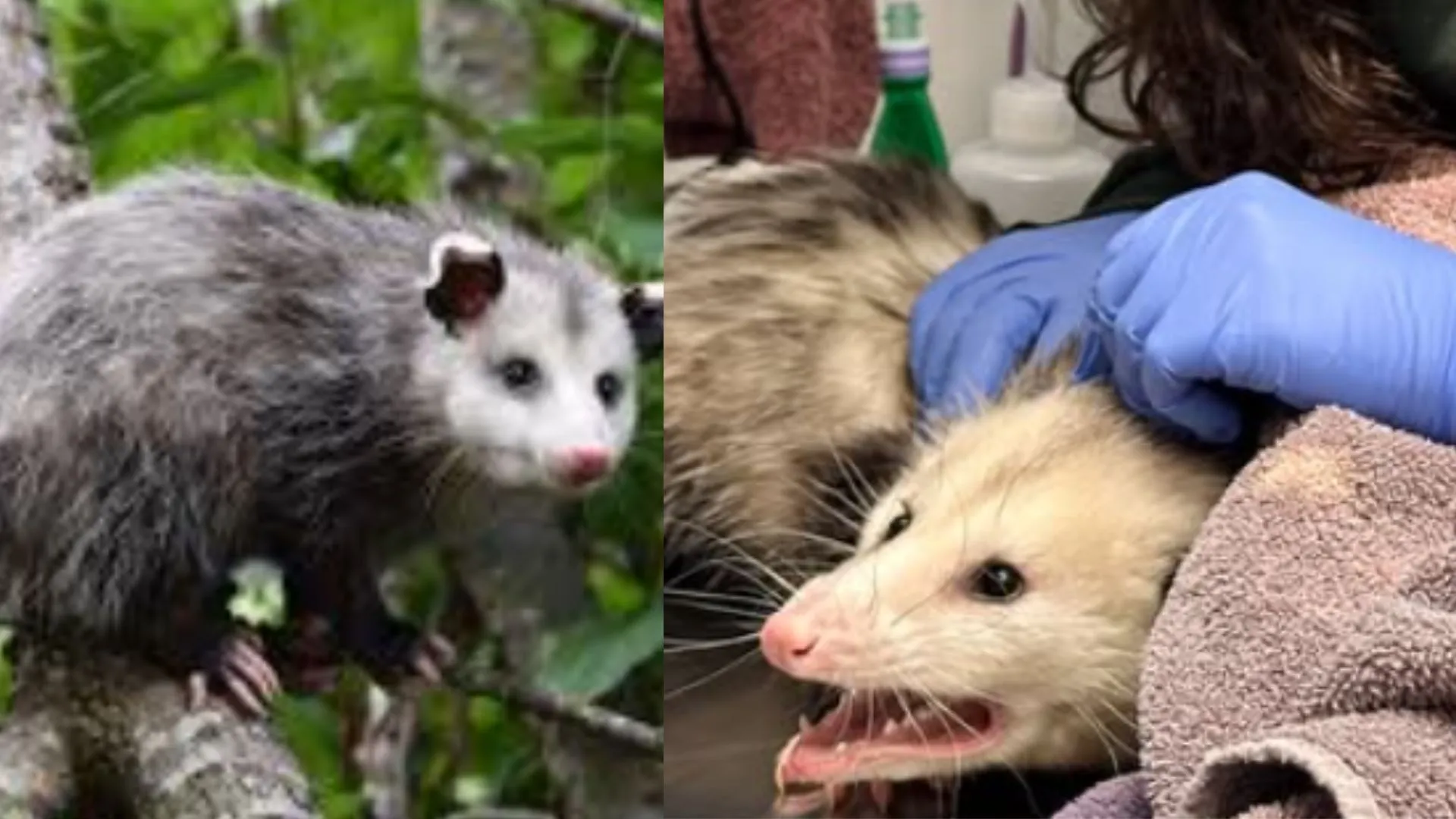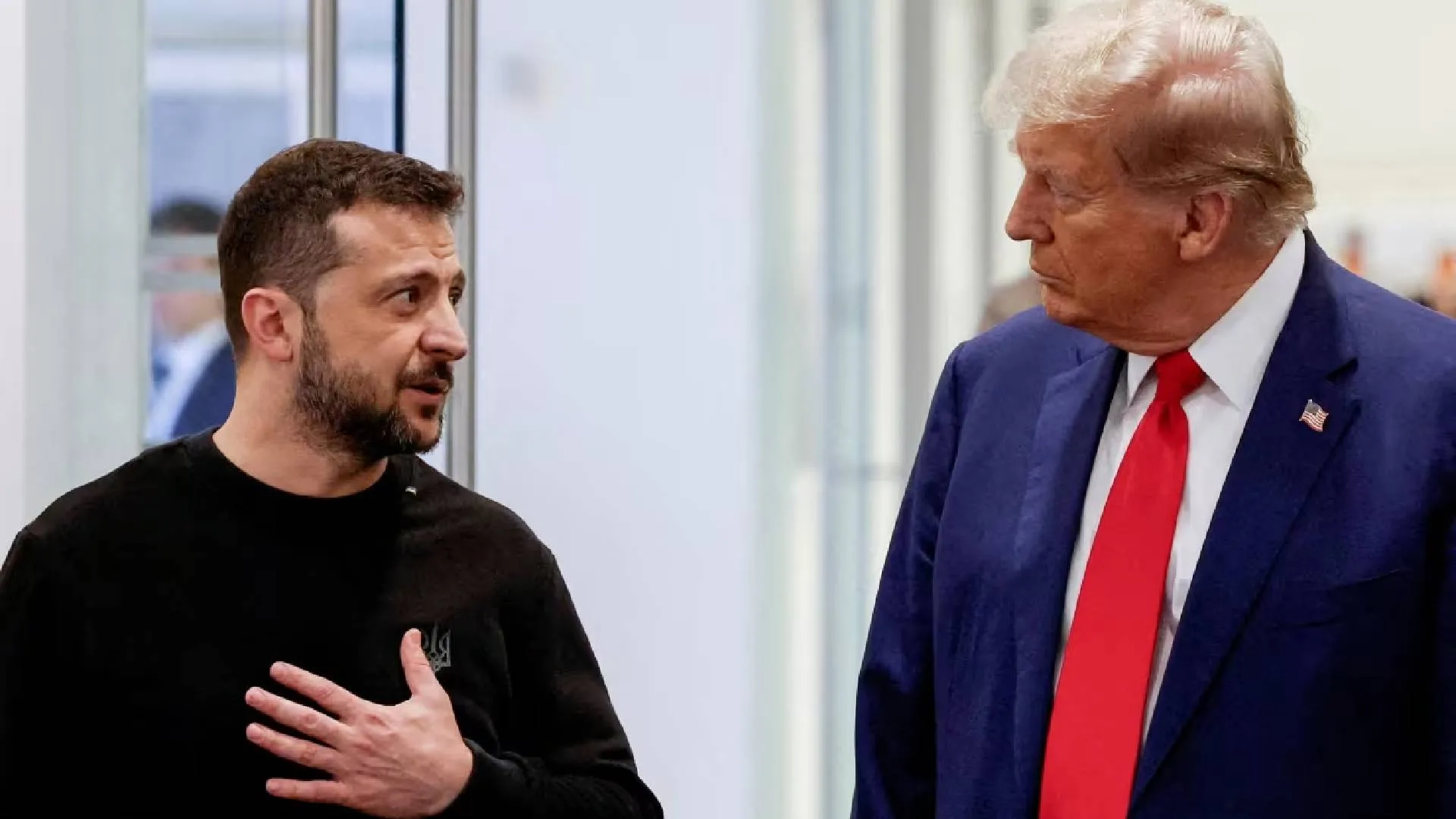On June 5, 2024, NASA astronauts Sunita Williams and Barry Butch Wilmore launched to the International Space Station (ISS) for what was expected as an eight-day mission. However, due to technical issues that Boeing encountered in its Starliner spacecraft, they ended up staying there for more than seven months.
But finally, following much anticipation, their return is now scheduled. U.S. President Donald Trump tasked Elon Musk’s SpaceX to bring them back home. This mission marks yet another milestone in the collaboration that SpaceX is having with NASA.
Trump Seeks Help from Musk
On Tuesday, January 28, SpaceX founder Elon Musk confirmed that his company will hasten the astronauts’ return following a request by President Trump. “I have just asked Elon Musk and SpaceX to ‘go get’ the 2 brave astronauts who have been virtually abandoned in space by the Biden Administration,” Trump wrote on Truth Social. “Good luck Elon!!!”
Musk responded, calling it “terrible” that Williams and Wilmore had been left “stranded” at the ISS for so long. He assured that SpaceX would act “as soon as possible” to ensure their safe return.
The US space agency NASA had earlier revealed in August 2024 that SpaceX would carry it back no later than February 2025. However, now NASA has rescheduled to March, during which time crew rotations are happening on the ISS.
Boeing Starliner Issues Resulted in this Delay
Sunita Williams and Wilmore spent extra time in space due to a malfunction in the propulsion system of Boeing’s Starliner spacecraft. NASA and Boeing engineers declared it unsafe for a crewed return, so they sent the vehicle back to Earth without passengers.
NASA has reassured that the astronauts are in good health, but experts have raised concerns over the physiological effects of prolonged exposure to space. Sunita Williams has continued participating in scientific experiments aboard the ISS, showing the resilience of astronauts in space.
Instead, it chose SpaceX’s Crew Dragon, a vehicle proven in the use for transportation of astronauts to and from the ISS since 2020 under NASA’s Commercial Crew Program.
Vehicle Features Some Key Safety
- Seating for Seven: It is designed to carry up to seven astronauts per flight.
- Advanced Navigation: It is equipped with 16 Draco thrusters for very fine maneuvering in space.
- Touch-screen controls: the modern interface for monitoring and controlling the spacecraft;
- Two-Fault Tolerant Design: the vehicle can continue to work even if two critical systems fail;
- Limited mission duration: the spacecraft will last only some months in space due to the degradation of its solar panels, and because of this, it is well suited for return missions.
The spacecraft will splash down in the Atlantic Ocean, as recovery teams take the astronauts and their capsule aboard.
NASA Flexes Return Timeline
NASA had initially planned to bring the astronauts back in February 2025. Well, not anymore. NASA has now pushed the return to March. Steve Stich is the manager of NASA’s Commercial Crew Program. He shed some light on why it is delayed:
Fabrication, assembly, testing, and final integration of a new spacecraft is a painstaking endeavor that requires great attention to detail,” he said. “We appreciate the hard work by the SpaceX team to expand the Dragon fleet in support of our missions and the flexibility of the station program and expedition crews.
The delay ensures that a new ISS crew is deployed before Williams and Wilmore return, maintaining the station’s operational stability.
Williams and Wilmore’s Contributions Aboard the ISS
Despite their extended stay, Williams and Wilmore have remained active, contributing to critical space research. They have been conducting scientific experiments, including growing crops in the Advanced Plant Habitat, collecting and storing research samples, which will be analyzed upon return to Earth, conducting spacewalks and performing other space station maintenance operations.
Recently, Williams shared video of herself snipping red romaine lettuce leaves cultivated in space. In an interview she quipped on her experience floating in space, “I’ve been up here long enough that I’m trying to remember what it’s like to walk. I haven’t walked, sat down, or laid down. You don’t need to — you can just close your eyes and float wherever you are.”
Her words bring out the flexibility of astronauts and the challenges of long-duration space missions.
As they come home with SpaceX leading the way, their homecoming is, of course, much more than just a relief to their families-also a testament to the growing abilities of commercial space travel.After a seven-month unplanned space stay, the two astronauts, Sunita Williams and Barry Wilmore, will finally leave thanks to the SpaceX Crew Dragon.
With a presidential directive, it has now received Elon Musk’s commitment to see the astronauts return safely. As SpaceX continues its work in human spaceflight, the complexity of a space mission shines through. Innovation, collaboration, and perseverance were necessary for the NASA and commercial partners to be able to further push the limits of space exploration.










